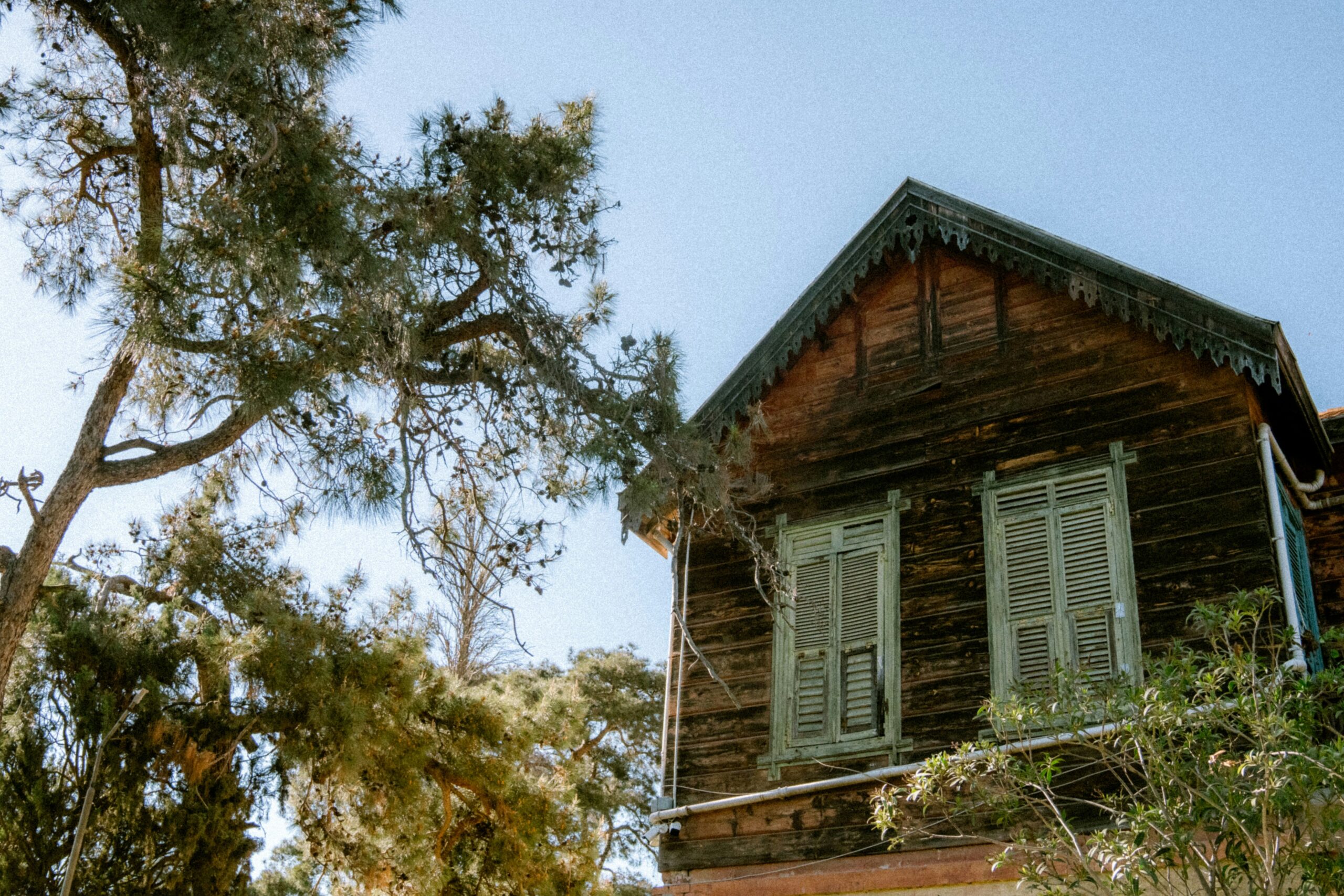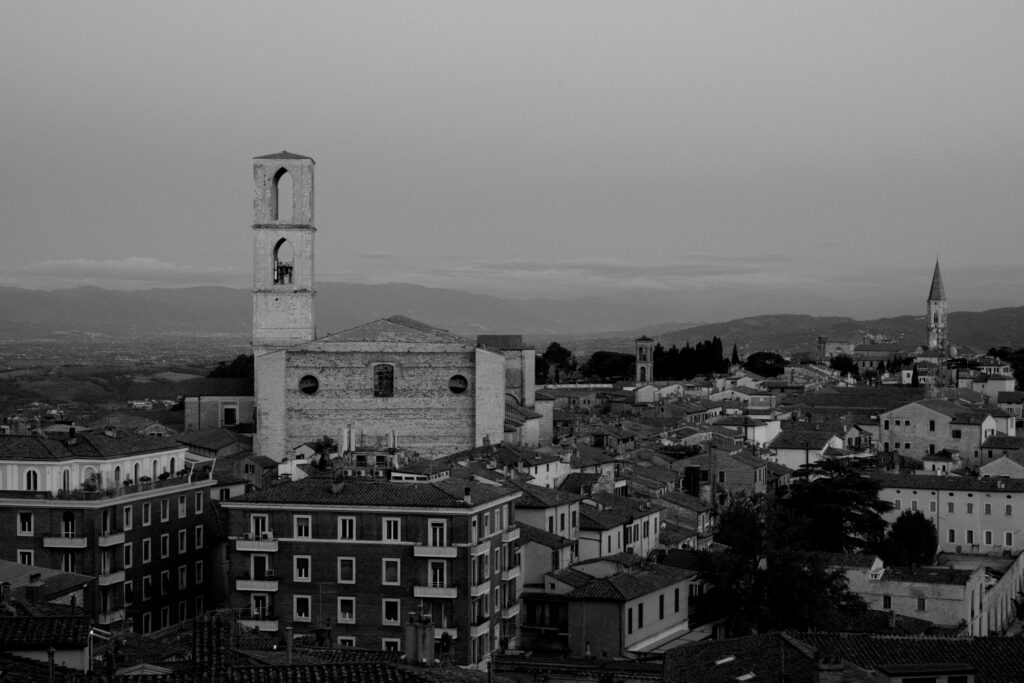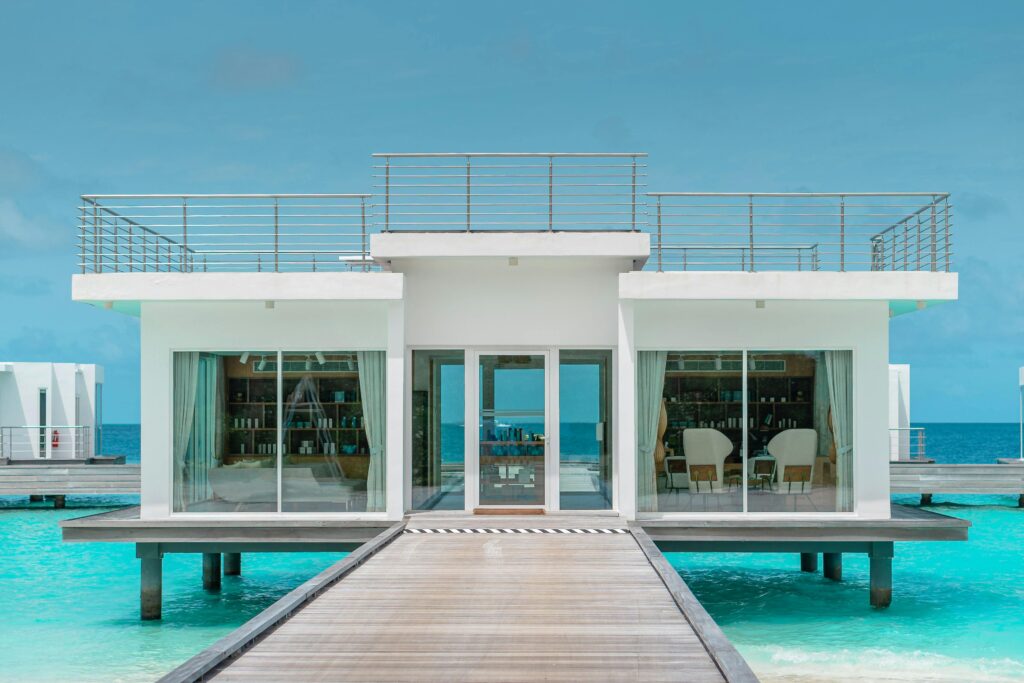Ever stayed in a historic vacation rental only to cringe at the sight of a modern, clashing light fixture? Yeah, we’ve all been there. Historic homes have stories woven into their walls, and preserving that charm is no easy feat—but it’s worth every effort. In this post, you’ll learn why historical preservation matters for tourism, actionable steps to protect these gems, insider tips, real-world examples, and answers to FAQs. Let’s dive in!
Table of Contents
- Why Historical Preservation Matters for Tourism
- Step-by-Step Guide to Preserving Historic Vacation Rentals
- Best Practices and Tips for Long-Term Success
- Real-World Examples of Successful Preservation
- Frequently Asked Questions About Historical Preservation
Key Takeaways
- Historic vacation rentals boost cultural tourism while preserving heritage.
- A step-by-step guide ensures proper restoration without sacrificing authenticity.
- Expert tips include hiring specialists, using eco-friendly materials, and avoiding modern shortcuts.
- Case studies show how others succeeded—and what not to do.
Why Historical Preservation Matters for Tourism
Imagine walking through Florence without its iconic architecture or visiting New Orleans without its Creole cottages. The soul of travel lies in experiencing history firsthand. But here’s a truth bomb: Over 50% of historic sites worldwide are at risk due to neglect or poor renovations. That means tourists miss out on authentic experiences—and property owners lose revenue.
Grumpy You: “Ugh, but permits and regulations suck majorly…”

Step-by-Step Guide to Preserving Historic Vacation Rentals
Here’s your roadmap to keeping that old-world magic alive:
Step 1: Research Local Regulations
Don’t even think about touching an antique mantel until you check local preservation laws. A friend once ignored zoning codes (true story) and had to rip out $10K worth of updates. Lesson learned: Always consult heritage commissions first.
Step 2: Hire Specialized Contractors
This isn’t DIY territory. You need pros who specialize in historic architecture. Ask for credentials—trust me, they matter. My contractor once suggested swapping hand-carved doors for factory-made ones. Worst idea ever. We nixed that fast.
Step 3: Use Authentic Materials
Sound like a broken record? Good. Stick with reclaimed wood, original brick, and period-appropriate textiles whenever possible. Yes, it costs more upfront, but it pays off big time in guest satisfaction.
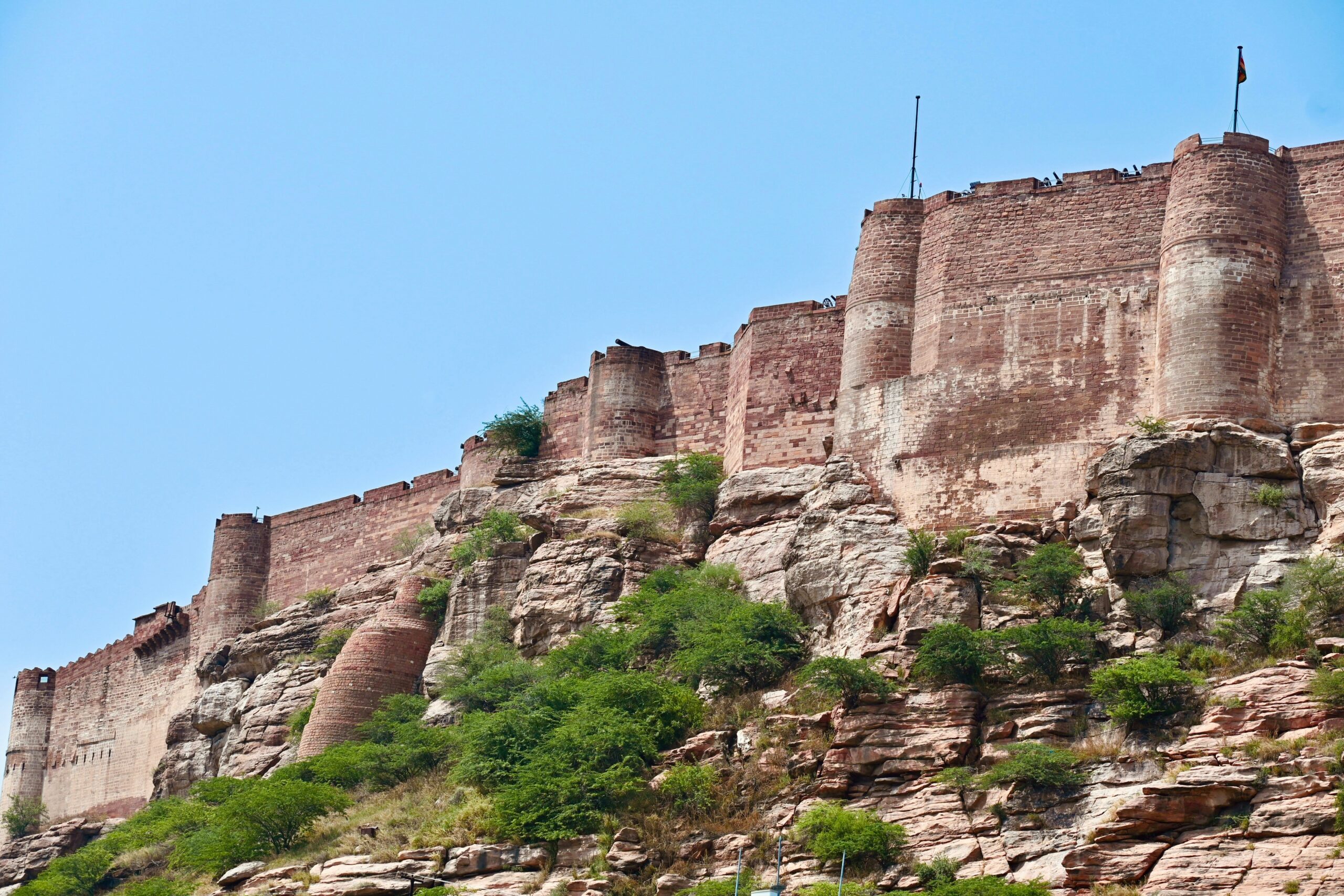
Step 4: Document Everything
Keep records of repairs, materials used, and inspections. Why? Insurance claims and resale value depend on proof of careful maintenance. Plus, future owners might thank you one day.
Best Practices and Tips for Long-Term Success
Now that you know the basics, let’s level up:
- Mix Old with New Carefully: Incorporate subtle modern conveniences (like USB outlets hidden behind furniture). Just don’t make them obvious.
- Eco-Friendly Upgrades: Swap drafty windows for energy-efficient versions styled to match originals. Guests love sustainability paired with charm.
- Host Educational Tours: Offer optional guided tours explaining the property’s history. It boosts engagement and reviews.
- Pet Peeve Alert: Never slap fresh paint over ornate woodwork unless absolutely necessary—it destroys character faster than spilled wine.
Real-World Examples of Successful Preservation
Check out these stellar success stories:
- The Old Mill Inn: Located in Vermont, this 1800s grist mill turned luxury rental brought in over $300K annually after thoughtful restoration. Secret sauce? Retaining waterwheel functionality as a photo op.
- French Quarter Retreat: A couple in New Orleans saved a collapsing shotgun house by restoring cypress floors and adding hurricane-proof shutters styled to look vintage. Revenue skyrocketed post-Hurricane Ida.
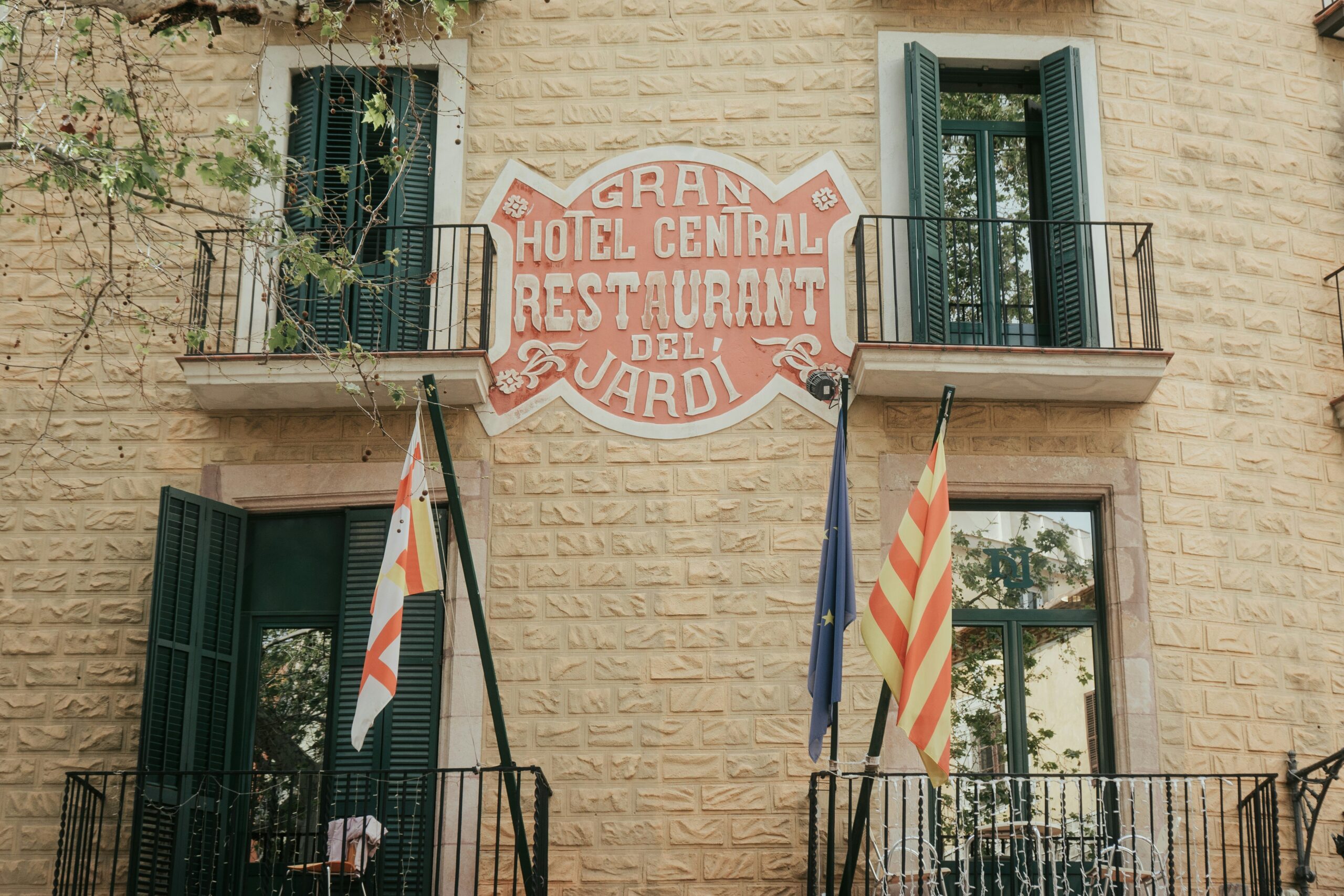
Frequently Asked Questions About Historical Preservation
Q: How much does it cost to restore a historic vacation rental?
A: Costs vary widely depending on size and condition. Budget $50K–$500K+ for significant projects. Remember: Skimping on quality leads to bigger expenses later.
Q: Are tax credits available for preserving historic properties?
A: Absolutely! Many countries offer incentives for maintaining cultural landmarks. Consult a tax advisor familiar with heritage properties to maximize savings.
Q: What if something goes wrong during restoration?
A: Have contingency plans. Structural surprises happen often. For instance, I once uncovered termite damage mid-project—ugh. Thankfully, emergency funds saved the day.
Conclusion
Preserving historic vacation rentals requires patience, passion, and precision—but the payoff is immense. Not only do you contribute to cultural tourism, but you also create unforgettable stays for travelers seeking unique experiences. Ready to roll up your sleeves? Follow these tips, embrace the quirks of history, and watch your efforts transform into lasting legacies.
And now, because life needs a little humor:
Creaky floors whisper tales, Of centuries past, never pale. Coffee fuels our preservation dreams.
